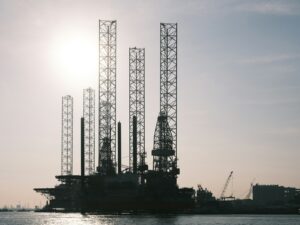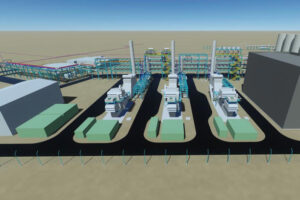Solar Impulse heads for Phoenix
Solar Impulse is back in the air. The zero-fuel aeroplane has left Mountain View, California, bound for Phoenix, Arizona, on what is the 10th leg of its round the world quest.
Swiss adventurer Andre Borschberg is at the controls, having taken over from Bertrand Piccard, who brought Solar Impulse to the West Coast of the US from Hawaii just over a week ago.
The latest stint is relatively short – roughly 1,160km – and should take about 16 hours to complete.
Take-off from the famous Moffett Airfield occurred just after 0500 local time. Arrival at Phoenix Goodyear Airport is expected sometime after 2100 local time (0400 GMT, Tuesday).
The team has traversed America before, in 2013. That crossing was undertaken in the prototype predecessor to the current aircraft. But it does mean the weather conditions the Solar Impulse is likely to encounter will be well understood.
Piccard and Borschberg are aiming to get to New York by the start of June, to begin preparations for the big Atlantic crossing.
Solar Impulse started its circumnavigation of the globe in March of last year in Abu Dhabi.
It flew over Oman, India, Myanmar and China before flying to Japan, from where it made a 8,924km (5,545-mile) passage to Hawaii.
That five-day, five-night journey set a record for the longest duration, non-stop, solo aeroplane flight.
But it also resulted in damage to the plane’s batteries, forcing the team into some lengthy repairs.
And only when the days started stretching out again in the Northern Hemisphere could the team think about getting back in the air.
With 17,000 photovoltaic cells on its top surfaces, the plane gets all its energy from the sun.
These power the craft’s propellers during the day but also charge batteries that the vehicle’s motors can then call on during the night.
Solar Impulse is not intended to be a vision of the future of aviation. Rather, it is supposed to be a demonstration of the current capabilities of solar power in general.
The team’s campaign is called ‘the future is clean’.
Mr Piccard and Mr Borschberg have been working on the Solar Impulse project for more than a decade.
A plane that is wider than a 747 jumbo jet but weighs just 2.3 tonnes poses some unique challenges:
- Low speed means legs can take several days and nights of continuous flight
- Great size but small mass makes handling very sensitive to wind conditions
- Concentration: The pilot is permitted only catnaps of up to 20 minutes or so
- Discomfort: The cockpit is very cramped – little bigger than a public phone box
LEG 1: 9 March. Abu Dhabi (UAE) to Muscat (Oman) – 772km; 13 Hours 1 Minute
LEG 2: 10 March. Muscat (Oman) to Ahmedabad (India) – 1,593km; 15 Hours 20 Minutes
LEG 3: 18 March. Ahmedabad (India) to Varanasi (India) – 1,170km; 13 Hours 15 Minutes
LEG 4: 18 March. Varanasi (India) to Mandalay (Myanmar) – 1,536km; 13 Hours 29 Minutes
LEG 5: 29 March. Mandalay (Myanmar) to Chongqing (China) – 1,636km; 20 Hours 29 Minutes
LEG 6: 21 April. Chongqing (China) to Nanjing (China) – 1,384km; 17 Hours 22 Minutes
LEG 7: 30 May. Nanjing (China) to Nagoya (Japan) – 2,942km; 1 Day 20 Hours 9 Minutes
LEG 8: 28 June. Nagoya (Japan) to Kalaeloa, Hawaii (USA) – 8,924km; 4 Days 21 Hours 52 Minutes
LEG 9: 21 April. Kalaeloa, Hawaii (USA) to Mountain View, California (US) – 4,523km; 2 Days 17 Hours 29 Minutes















